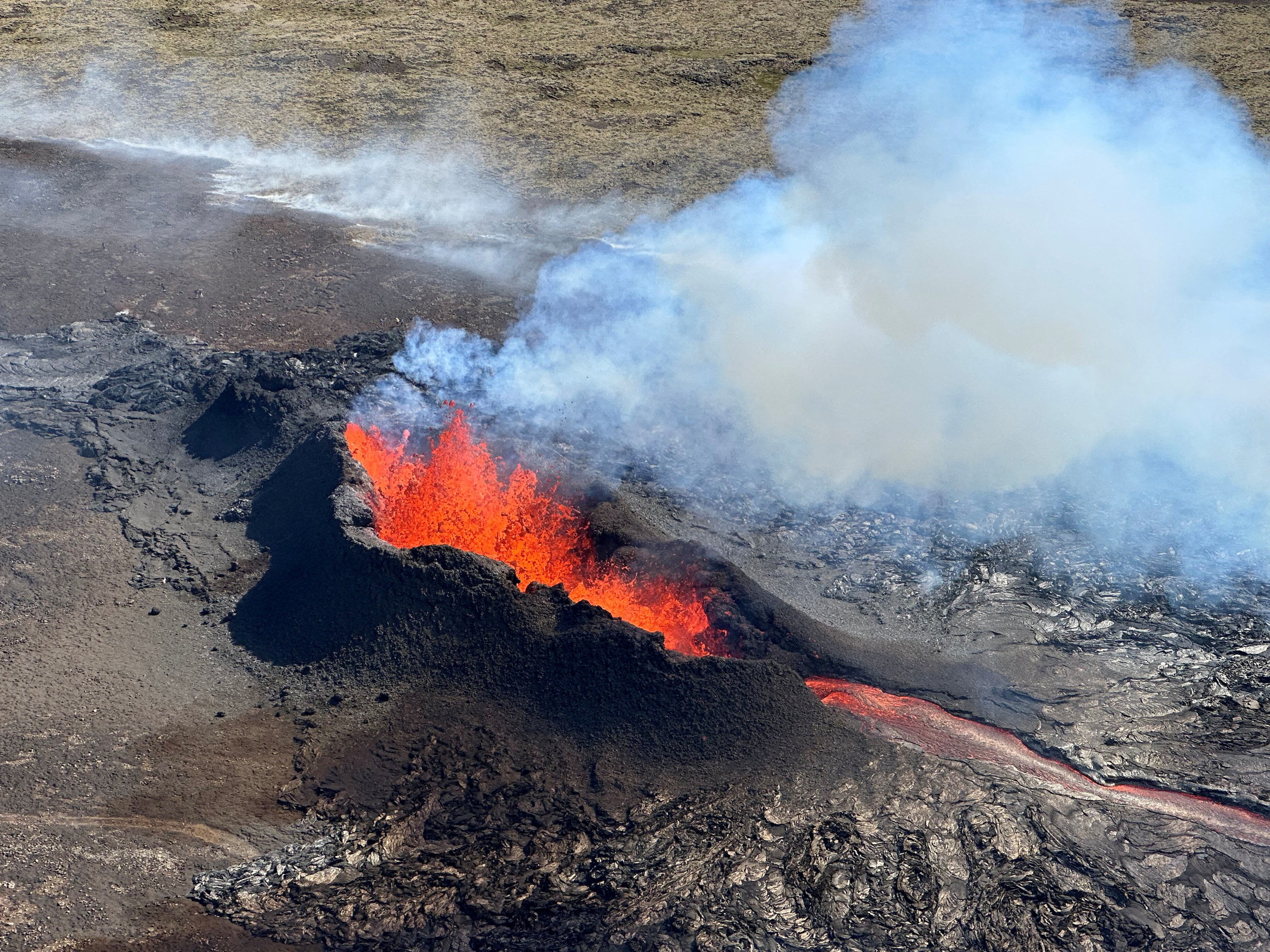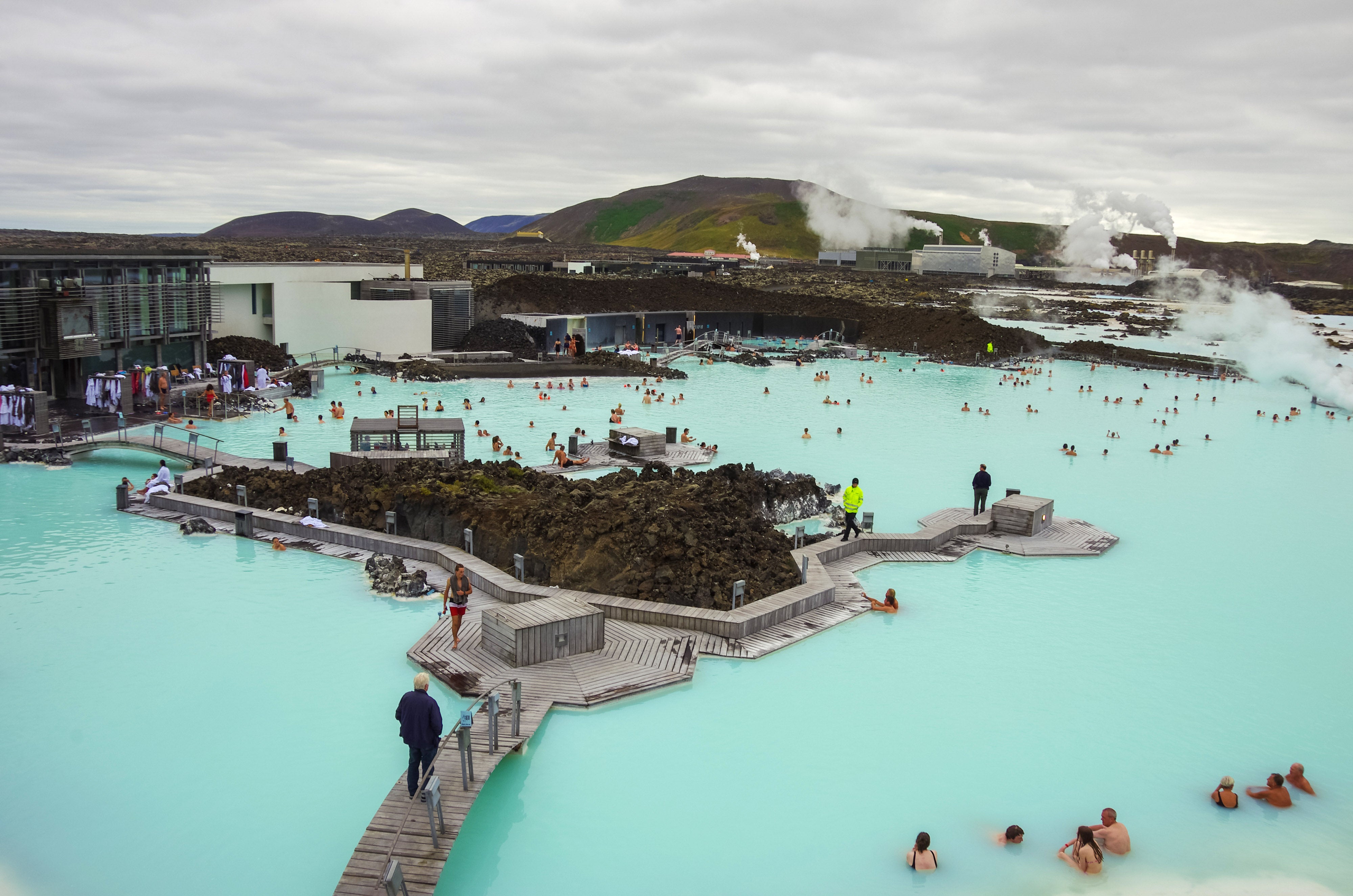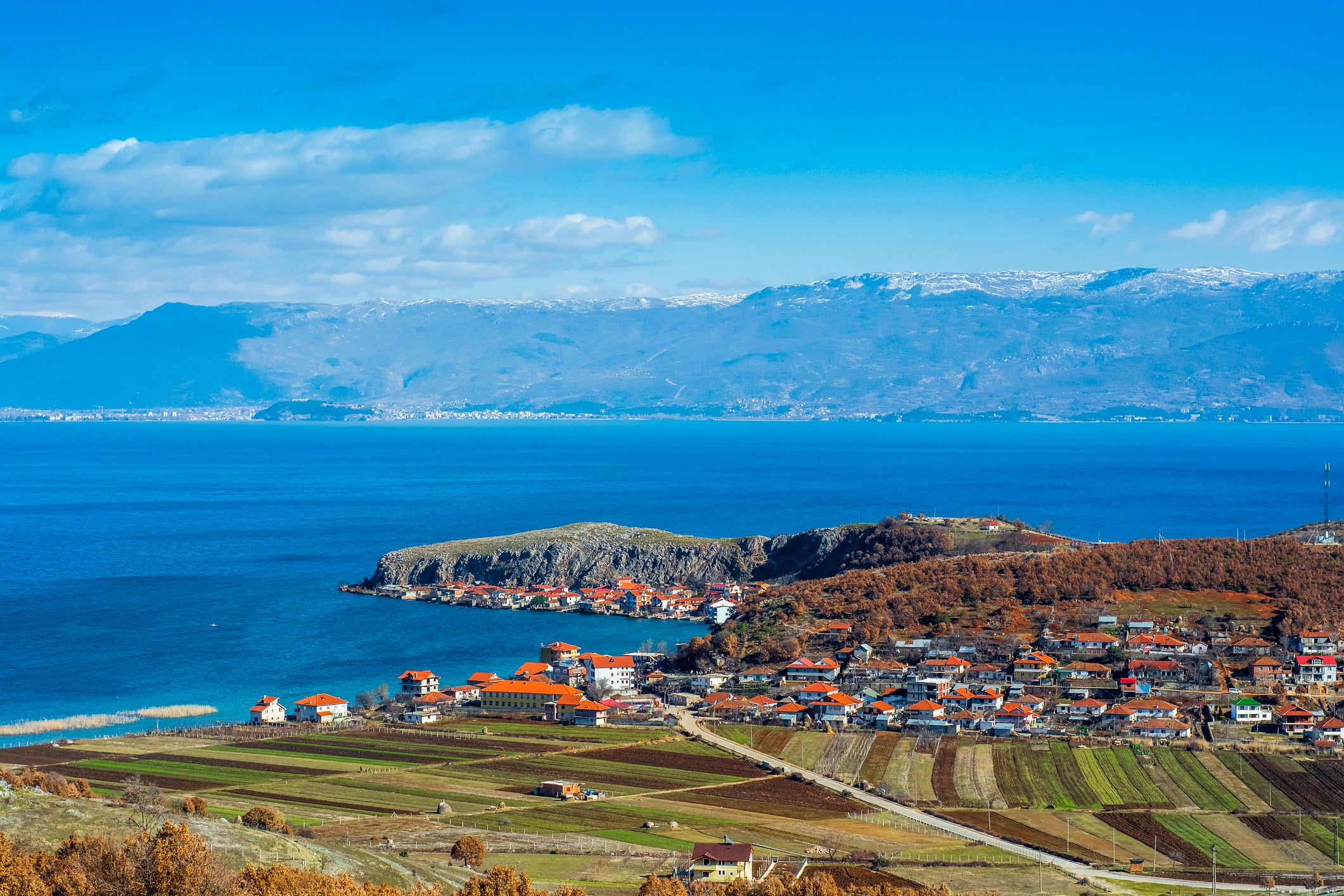Could an Icelandic volcano ground flights like in 2010?
Simon Calder answers your questions on aviation, the land of ice and fire, and birthday in Albania


Q Given the volcanic situation in Iceland, is it going to be another 2010 in aviation?
Raj
A As I write, the Reykjanes peninsula, southwest of Reykjavik, is seething with seismic activity. Grindavik, a town of nearly 4,000 inhabitants, was evacuated on Saturday as experts assess the threat of a volcanic eruption. Iceland’s main international airport, Keflavik, is just 10 miles north of the town. Yet flights are operating normally, which some may find surprising.
In April 2010, the Eyjafjallajokull volcano erupted and caused a complete shutdown of aviation for a week. Anyone who has a flight booked imminently may be fretting about a possible repeat. Thankfully, the circumstances are very different. Eyjafjallajokull erupted with a glacier on top. The addition of melting water meant that the lava cooled very quickly into tiny fragments. These were promptly propelled into the atmosphere to a height of 30,000ft by the steam produced in the eruption. A quarter of a billion cubic metres of volcanic ash were ejected and carried southeast towards the UK and continental Europe by the breeze.
The fear was that volcanic ash could damage jet engines and potentially bring down aircraft. In the biggest shutdown of aviation since the Second World War, 50,000 flights were cancelled and 8 million passengers had their travel plans wrecked.
Even if, as seismologists predict, a new volcano is formed, the eruption would not have anything like the same effect. The lava will cool and remain on the ground. In addition, new guidelines established in the wake of 2010 allow aircraft to fly if volcanic ash is present in reasonably small quantities. Another Icelandic volcano erupted in 2011, and in that case only 1 per cent of flights in northern Europe were cancelled – rather than 100 per cent on some days in that extraordinary time.

Q I have booked a three-night holiday in Iceland from 28 November. Should we go or not go?
“Pickley Pepper”
A As I am sure you have found, late November is an excellent time to visit Iceland for good value. Conditions right now are also excellent for the prospect of a good show of the northern lights, which are at a peak of the usual 11-year cosmic cycle.
As you have seen, though, the Reykjanes peninsula is seething with seismic activity. This thumb of territory is southwest of Reykjavik and includes Keflavik international airport – as well as the town of Grindavík, just 10 miles south, which was evacuated in the early hours of yesterday morning. Yet at present flights to and from Iceland are operating normally, and package holidays continue.
Until and unless the Foreign Office warns against travel to the area of Iceland you are heading to (which I imagine is the capital, Reykjavik), the assumption is that everything will go ahead as normal. Current Foreign Office advice stops well short of such advice, meaning there is no automatic right to cancel. The one exception is for holidaymakers who had planned to stay at the Blue Lagoon – an increasingly popular “wellness” destination, with an upmarket hotel on the site.
The Blue Lagoon is currently closed, but by 28 November it may reopen, depending on the geological outcome of the present rumblings. So you may be able to pop in as a day visitor for a steamy stop amid the volcanic rock pools, en route to the airport and your flight home.
If you are fearful of going, I am afraid you will not be able to claim insurance. On standard travel policies, “disinclination to travel” is not an acceptable reason for a claim. However, in your position, I would genuinely be looking forward to the trip – knowing that if the earth gets too restless for comfort in the vicinity of the holiday, it is very likely that you will be able to cancel for a full refund.

Q What would Albania be like in April 2024 for a few days’ break to celebrate a special birthday – and which resort would you recommend?
Marlene P
A Albania is a wild and wonderful Adriatic nation, which I have been visiting since the 1980s – when it was the most hardline of communist nations in Europe (and a partner of China rather than the Soviet Union). Since the collapse of Enver Hoxha’s dictatorship, the country has become far easier to reach and even more intriguing. Starting just two weeks ago, Albania is now more accessible at lower prices than ever from the UK. Europe’s biggest budget airline, Ryanair, has launched multiple services in competition with Wizz Air. As a result, a week from today you can fly from Luton to the capital, Tirana, for £26 return for a seven-day stay.
The capital is intriguing, but 48 hours is sufficient there. Inland, Albania shares with North Macedonia the beautiful Lake Ohrid – also known as “Lake Como on the cheap.” Albania is certainly affordable. On the coast, the main resort – and the one I would recommend for its proximity to Tirana – is Durres. It has an appealing beach and some interesting places to eat and drink.
However, for a relaxing trip to celebrate a special birthday somewhere on the Adriatic coast, Albania would not be top of my list. Instead, I commend the west of Slovenia: the exquisite Venetian port of Piran and the adjacent beach resort of Portoroz with a decent beach. Just 25 miles away, Trieste provides an extra city bonus. This Italian city is also the best gateway to this part of Slovenia.
One more thought: book a package holiday to Corfu – a joy in April – and then head across to Albania for a day trip. A fast ferry gives you most of the day in the port of Sarandë – from which you can visit the Roman ruins of Butrint.
Email your question to s@hols.tv or tweet @simoncalder
Join our commenting forum
Join thought-provoking conversations, follow other Independent readers and see their replies
Comments
Bookmark popover
Removed from bookmarks